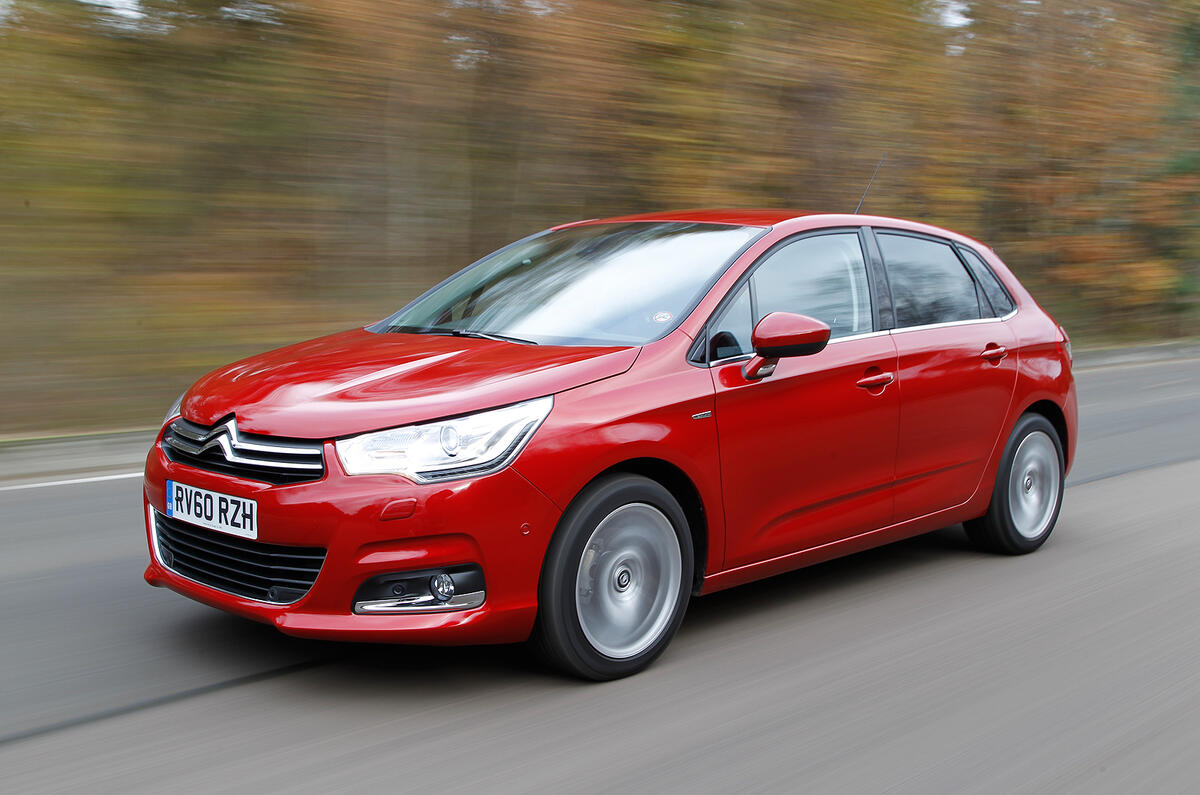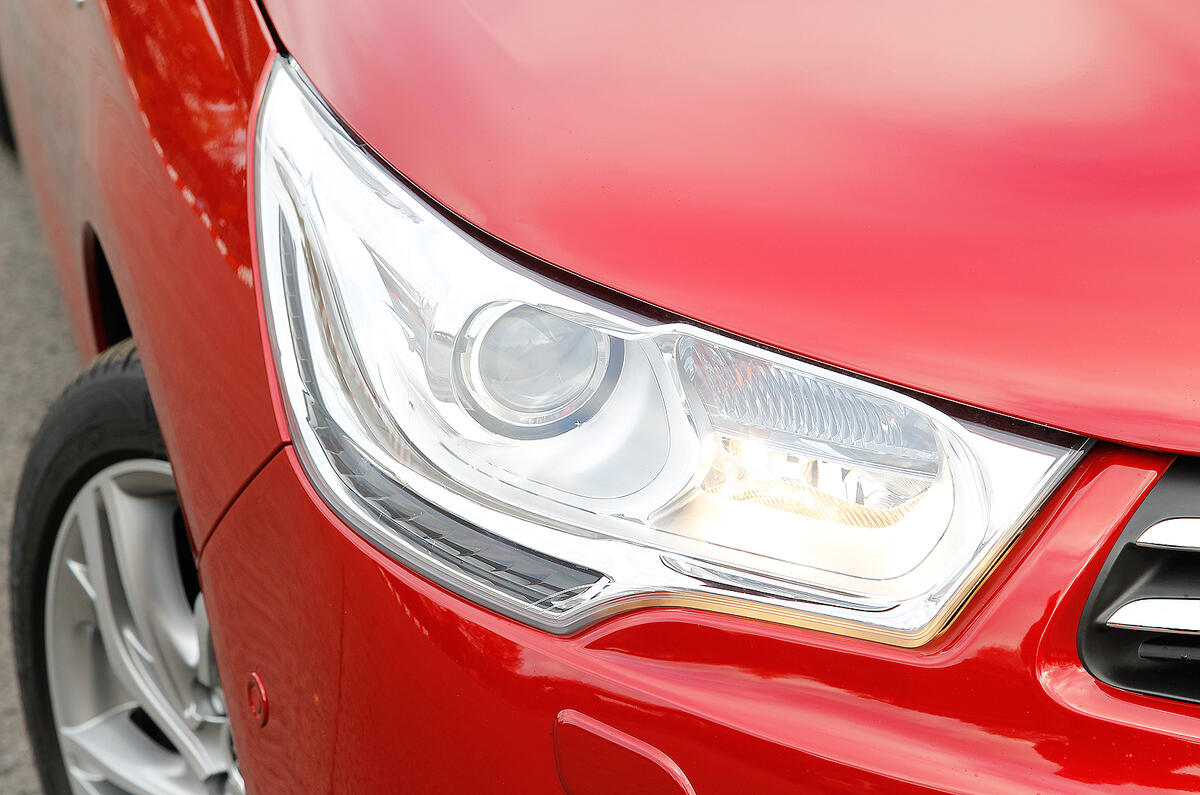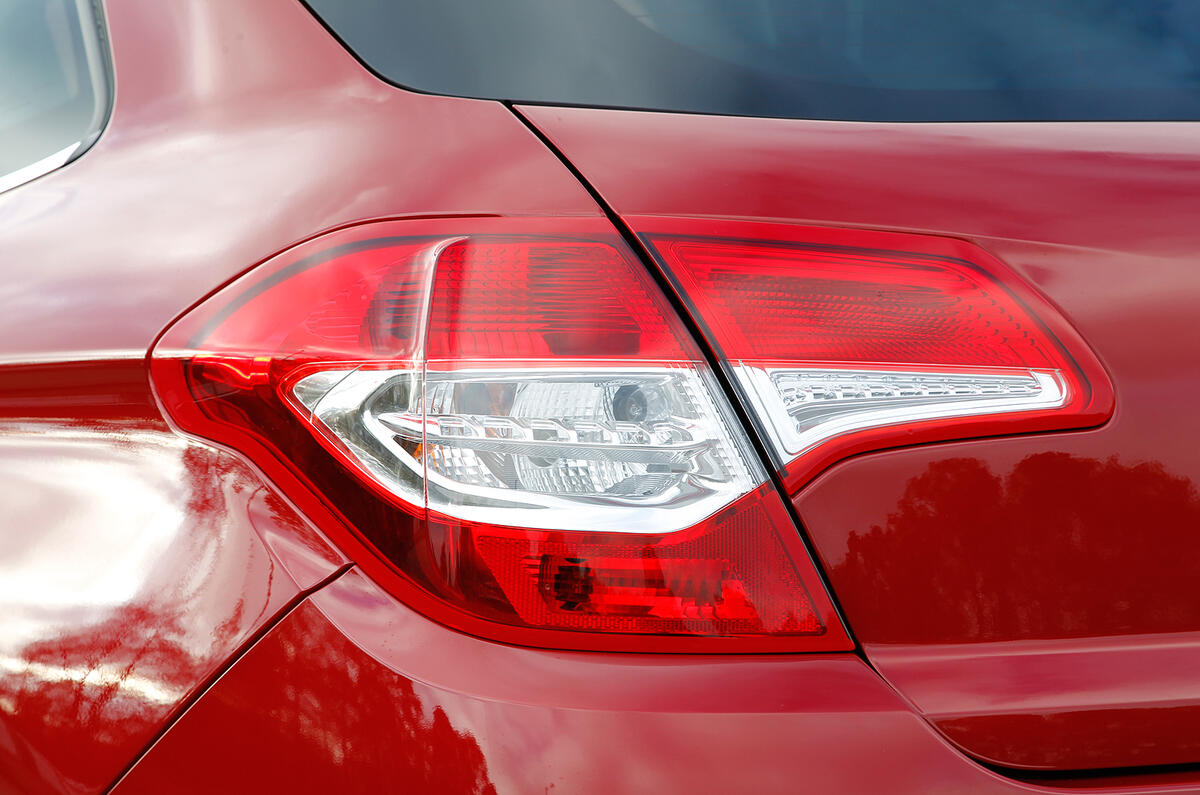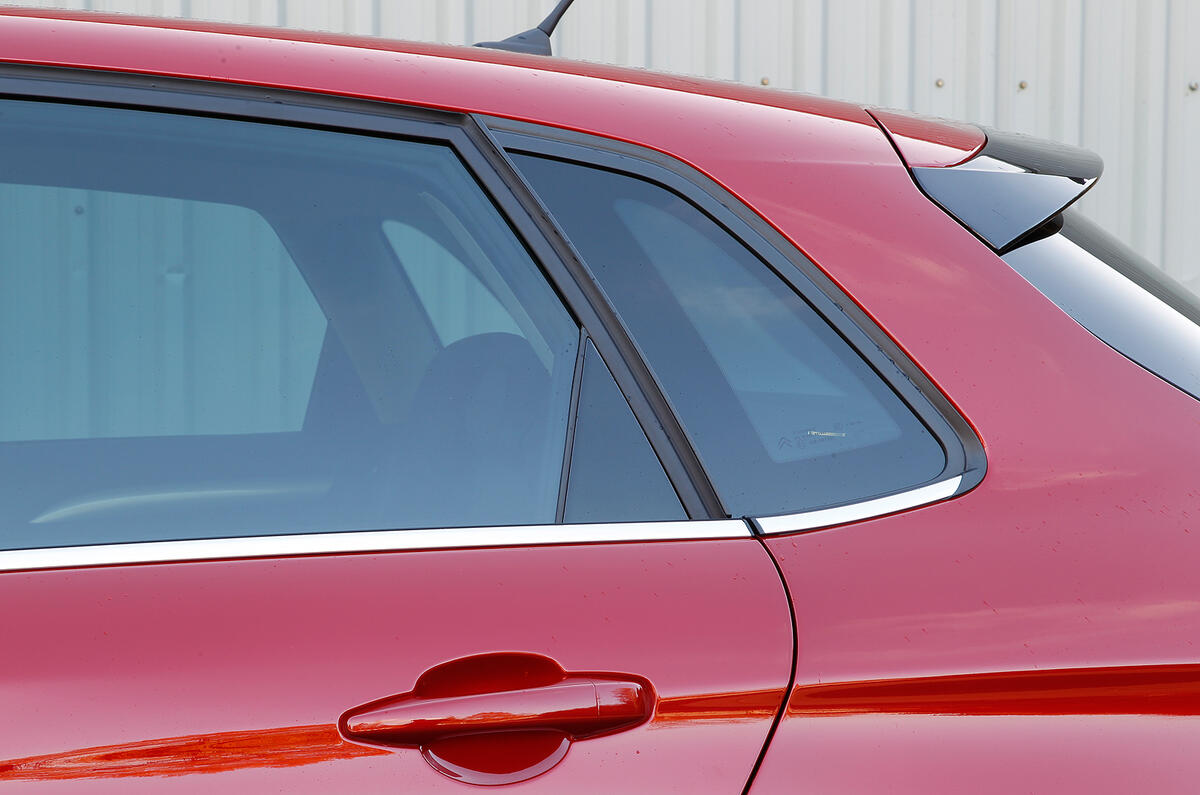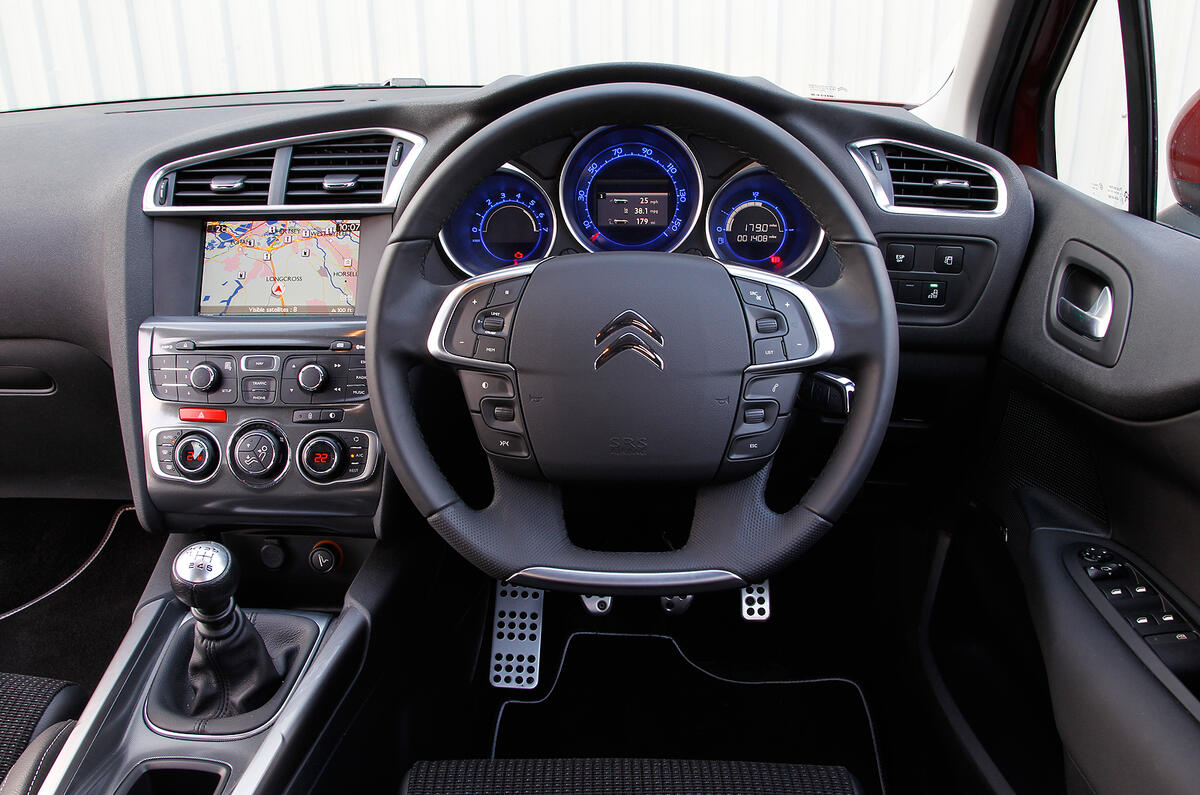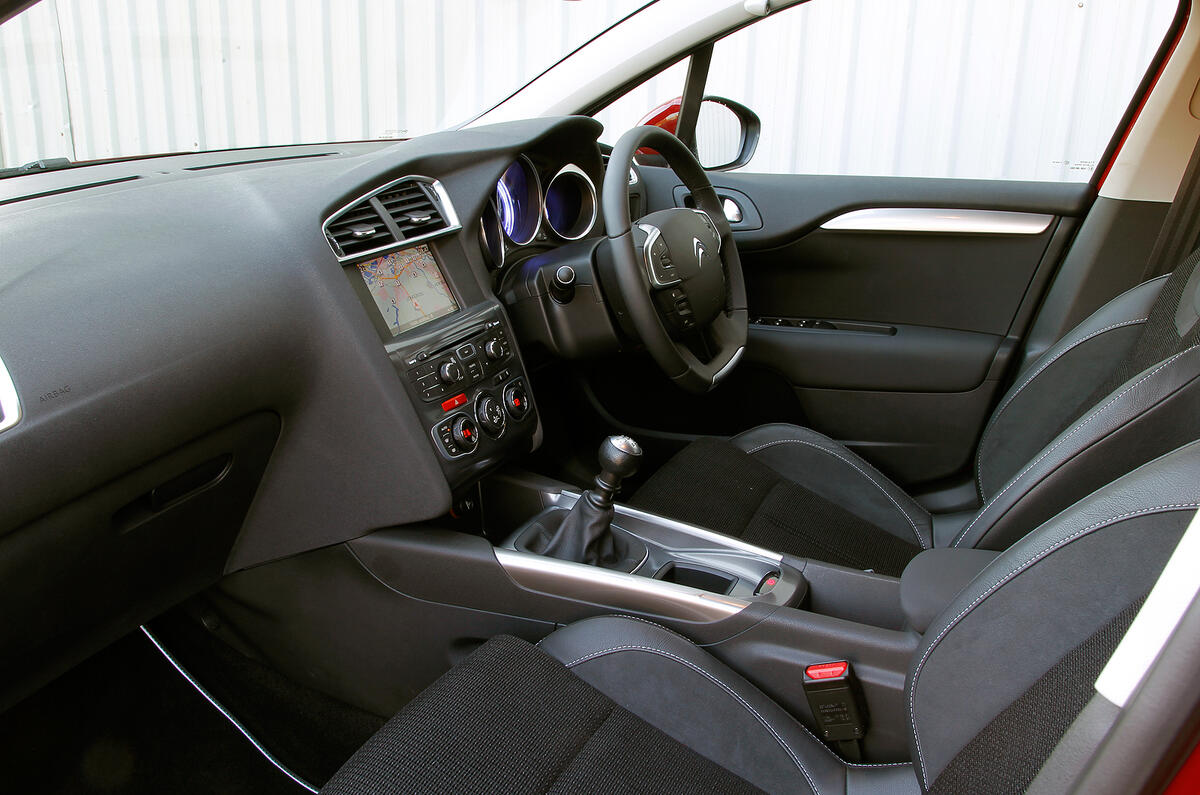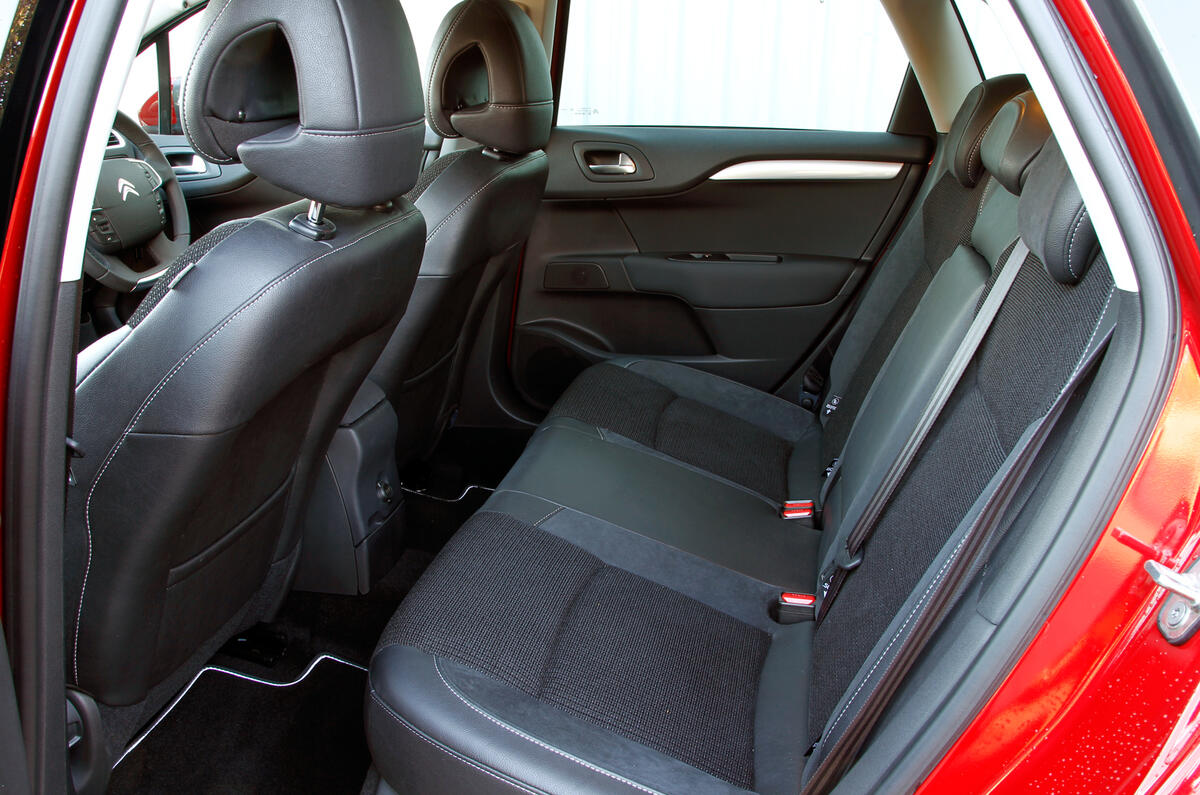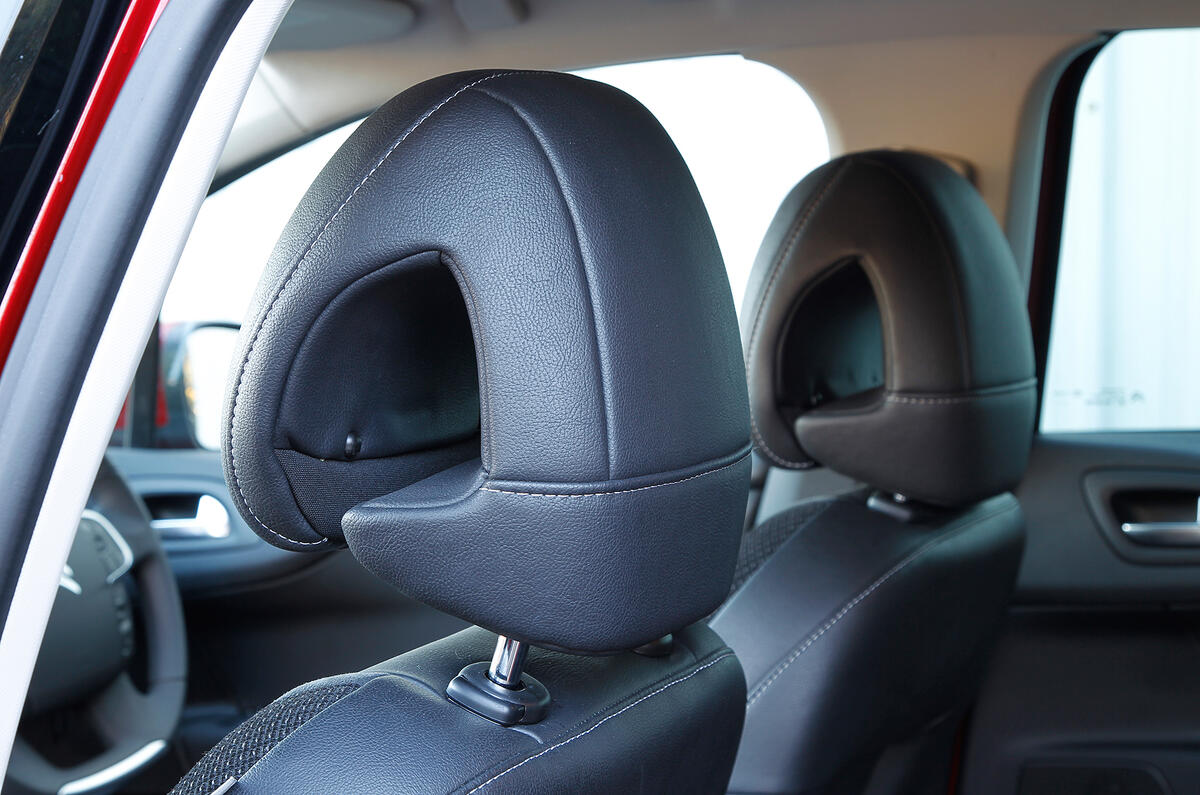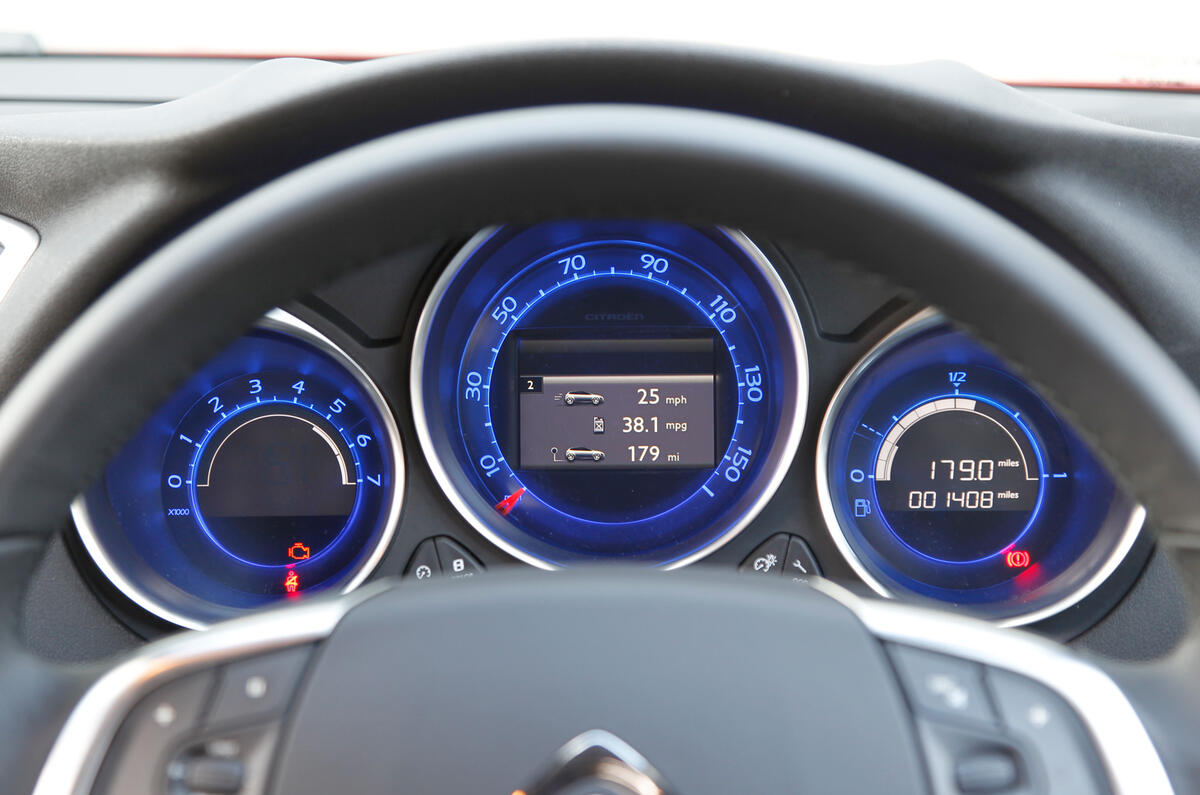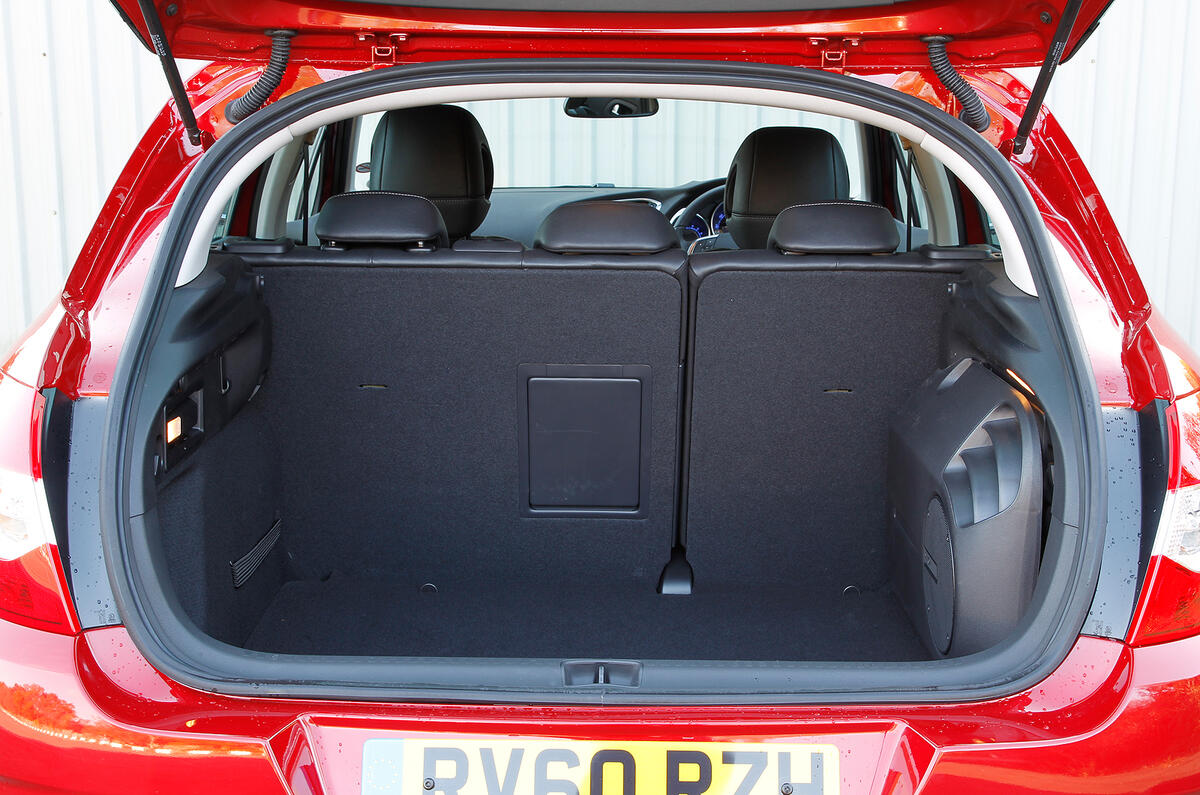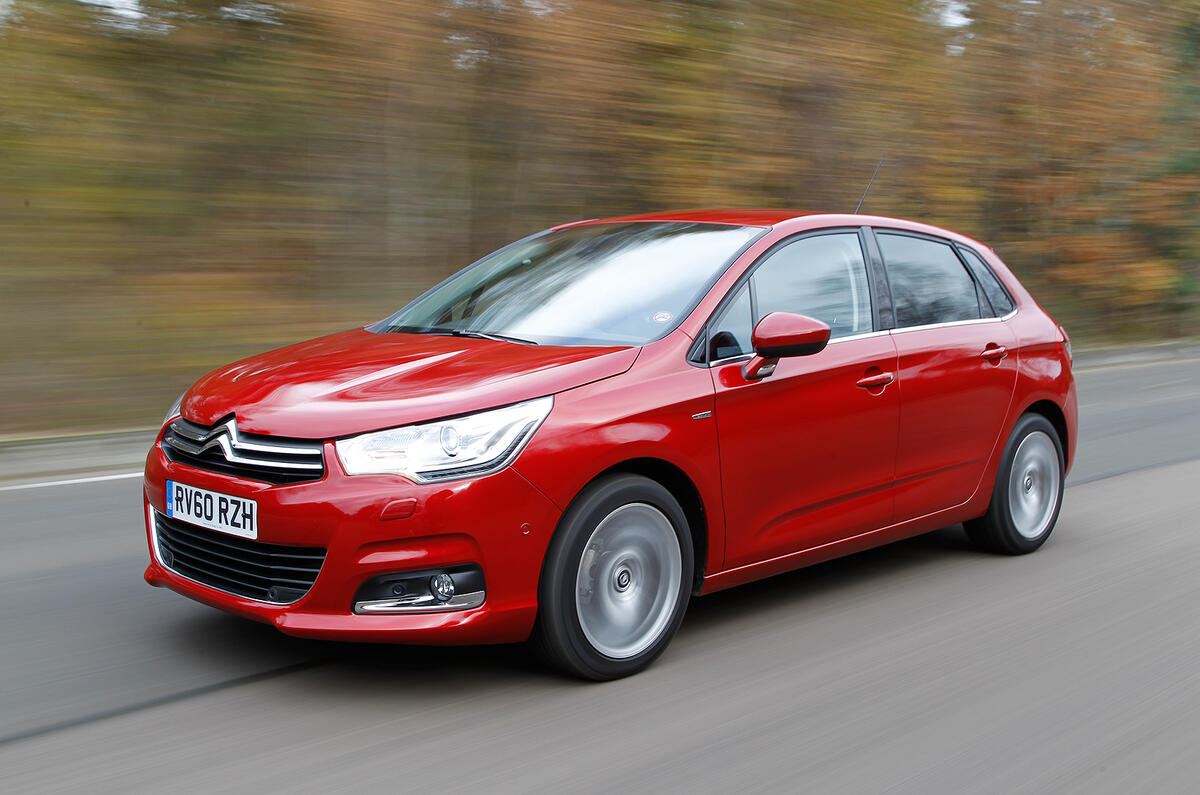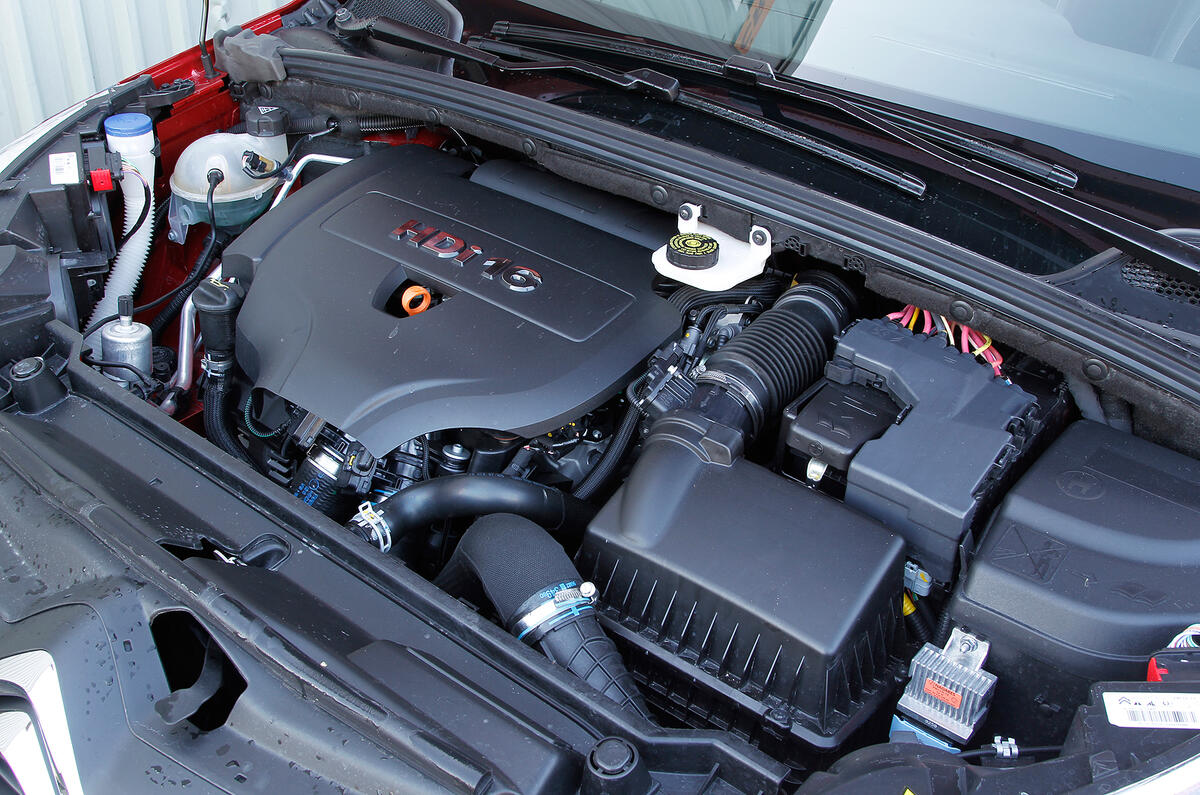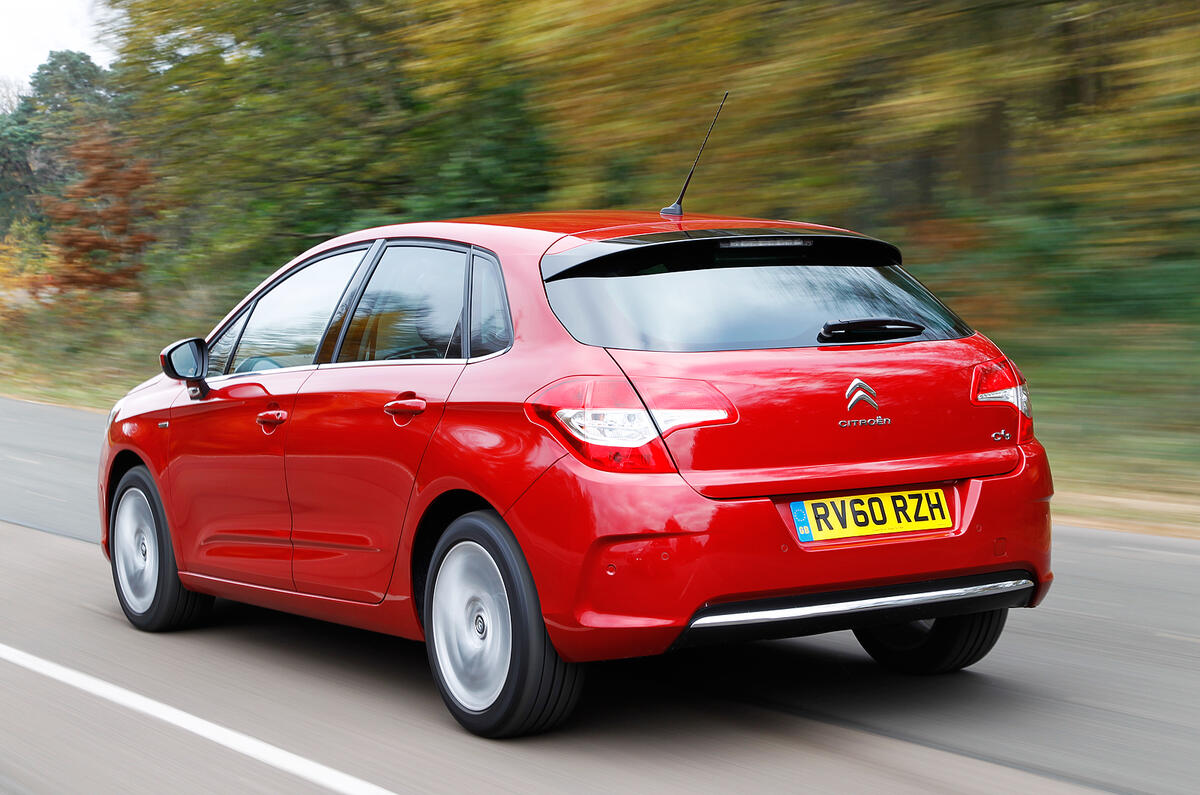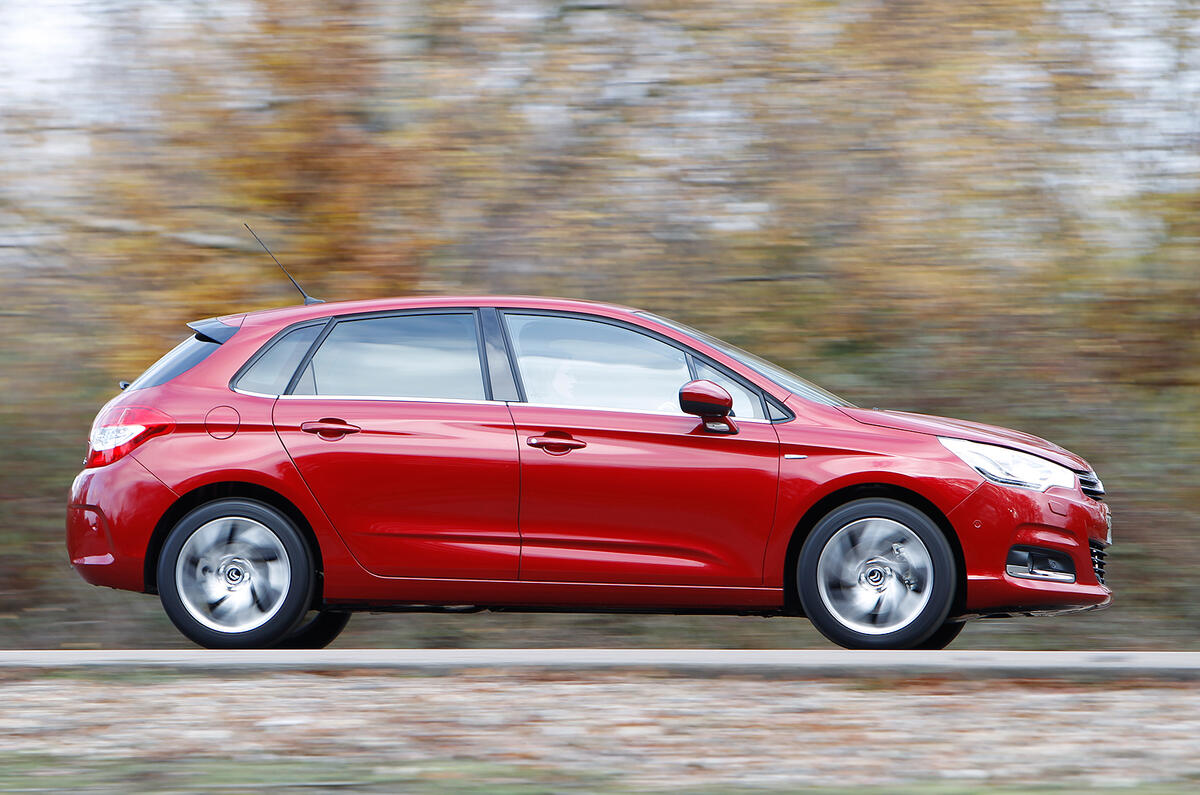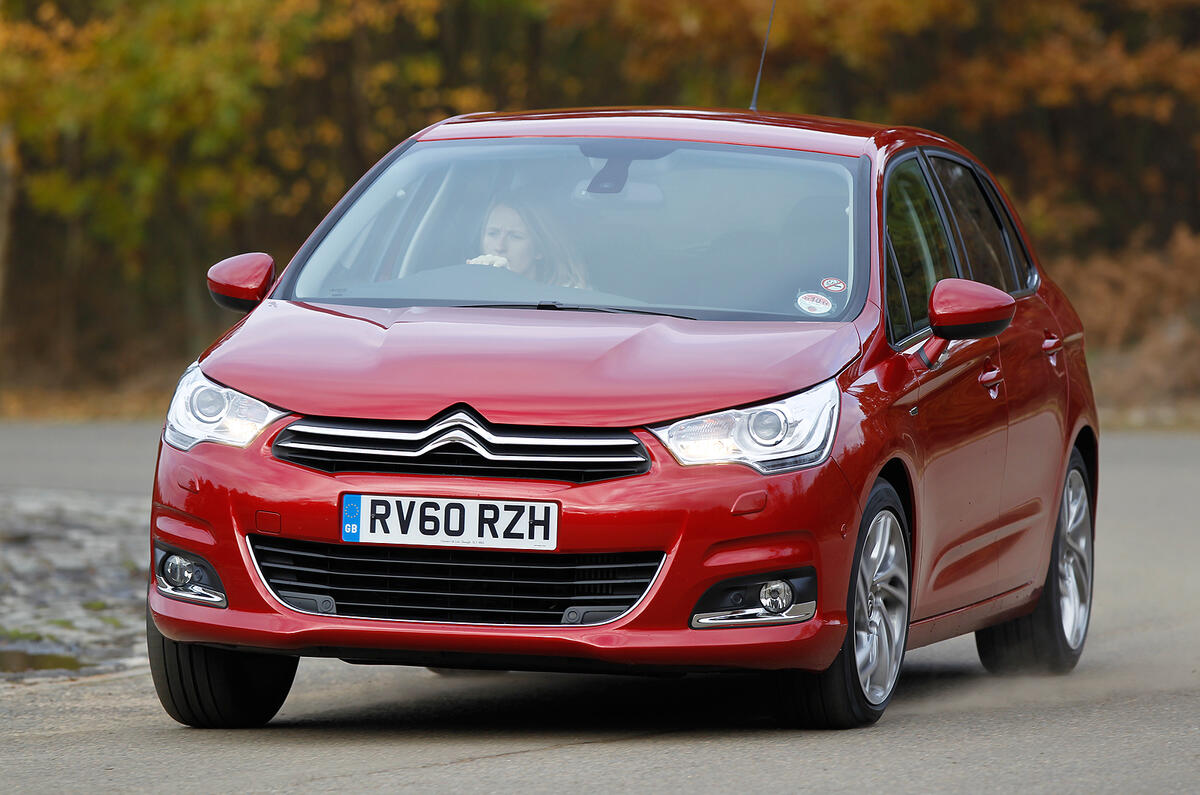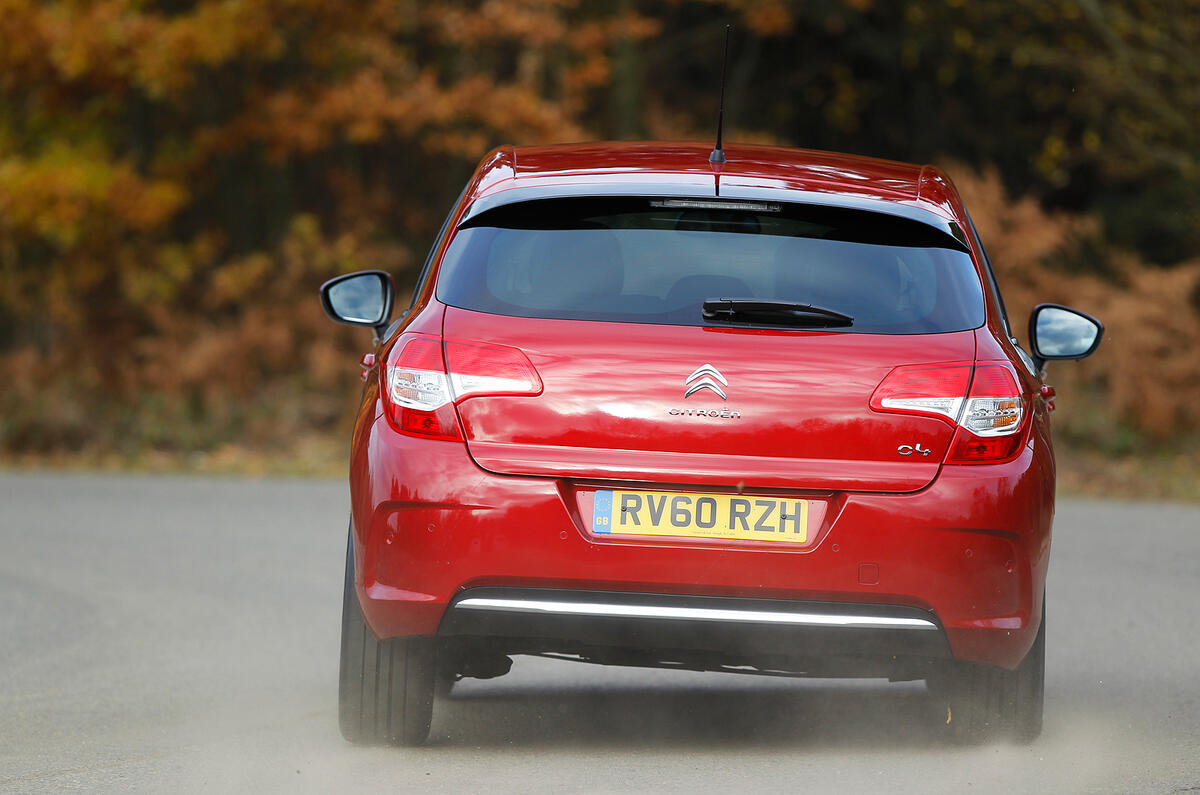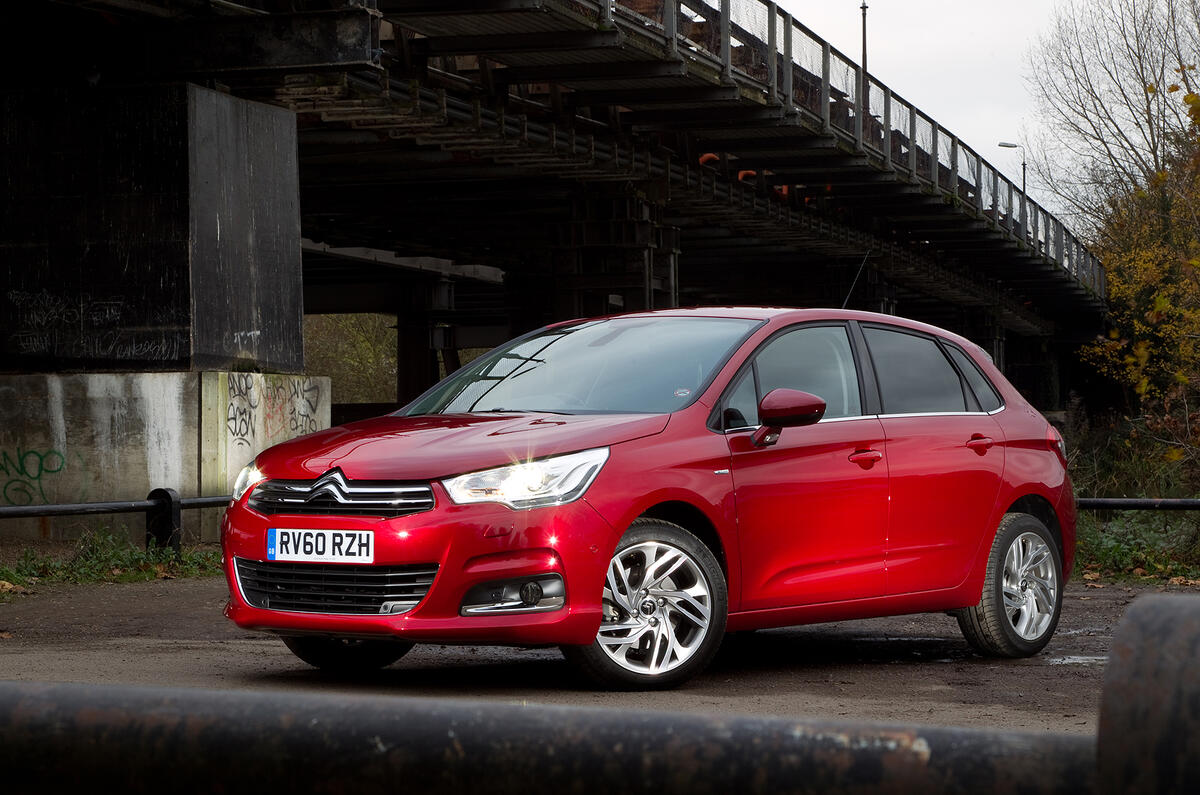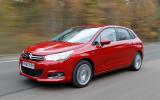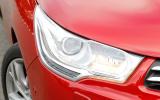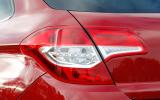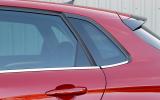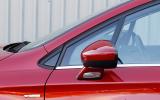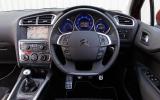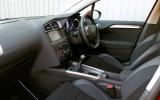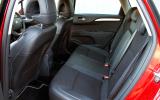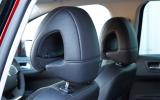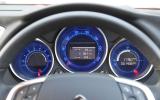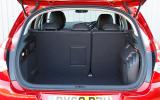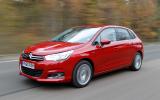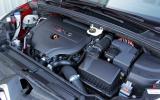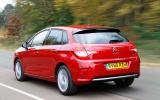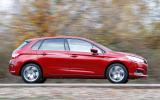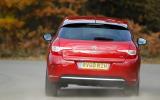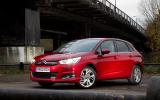The family line that has led to this Citroën C4 dates back to the ZX in 1991. It provided spirited performance and quite exceptionally lively handling, even in the unsporting versions.
This good work was undone in 1997 by the terminally dull Xsara, which soldiered on with the support of a series of pricing initiatives until it was replaced by the first C4 in 2006. The fact that Citroën replaced it only four years later shows the pace of change in this most competitive class of the market.
However, Citroën is a company that, of late, appears to have rediscovered its mojo. So hopes are riding high for the new C4. And good it will need to be, facing not only the Volkswagen Golf, but also the Ford Focus which is as formidable a competitor as it is possible to imagine, while a new-pretenders to the throne - the Seat Leon and Skoda Octavia providing stiff competition also. Naturally, this generation C4 has been on the market for almost eight years, and in 2015 was duly given a minor refresh to try and keep it competitive. A new engine and trim line-up were the major changes.
This is also the car from which the DS 4 and DS 4 Crossback have been spun, and while the DS3 could hardly have given the sub-brand a better start in life, its performance needs to be built upon if the series is not to be perceived as a one-trick pony. It also was the starting point for the C4 Cactus, which although pelicular has become somewhat a hit with buyers.
The C4 range comprises two diesel and two petrol engines, arranged over three different trim levels. The mainstay of the range will be one of the 1.6-litre diesels, which are available in 99 or 118bhp versions. However, the punchy turbocharged petrols are worthy of consideration for those opting to use their C4 on shorter journeys.


